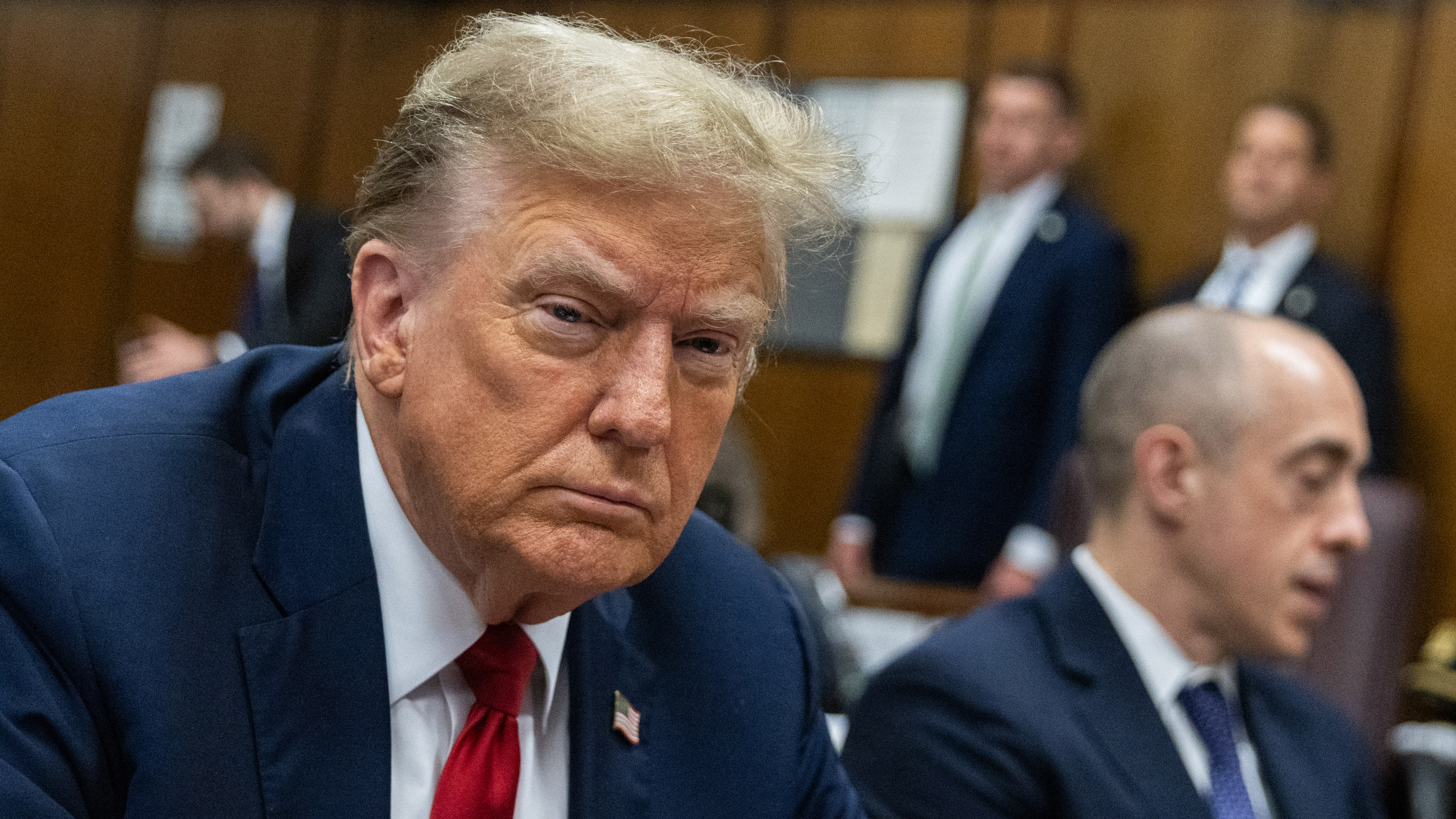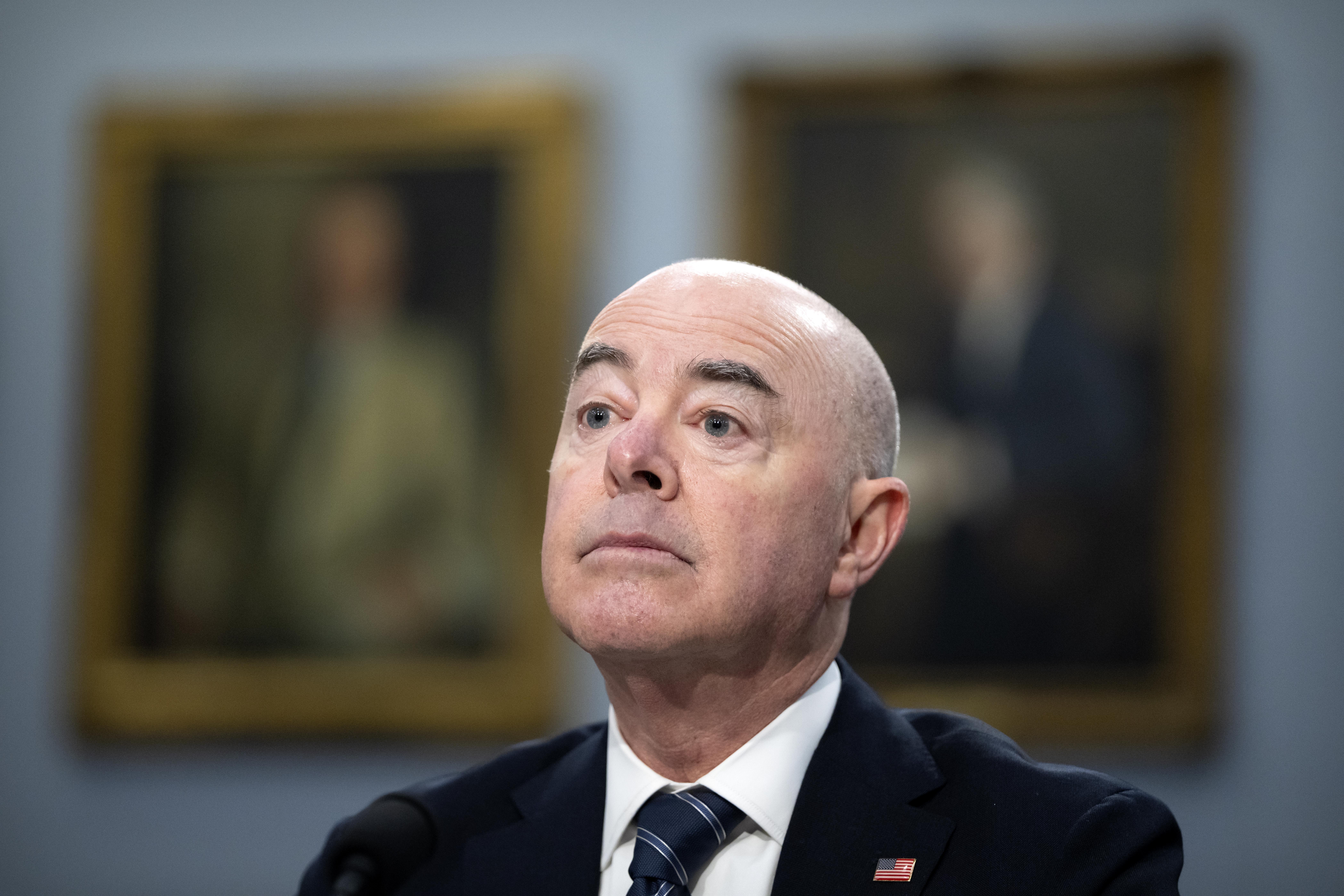Here is a look at some of the misleading statements made by President Donald Trump in a national address following Iran's attack on two military bases in Iraq that house American troops.
President Donald Trump: “Iran’s hostilities substantially increased after the foolish nuclear deal was signed in 2013 and they were given $150 billion not to mention $1.8 billion in cash.”
Trump repeated a frequent claim that the Obama administration gave Iran billions of dollars when in fact the money was owed to Iran.
As a fact check from The Associated Press in August noted, when Iran agreed to curb its nuclear development and sanctions against it were lifted, it got back $150 billion in assets abroad that had been frozen.
The second amount that Trump referred to, $1.8 billion, did come from the U.S. treasury, The AP reported. The United States settled an old IOU, outstanding from the 1970s, when Iran paid the United States for $400 million for military equipment that was never delivered because the government was overthrown. After the nuclear deal was reached, the United States agreed to pay the $400 million plus about $1.3 billion in interest.
In his address, Trump also claimed that Iranian missiles were paid for by funds made available by the Obama administration.
Politics
Local, state and national politics
Trump: “Three months ago after destroying 100% of ISIS and its territorial caliphate, we killed the savage leader of ISIS, (Abu Baker) al-Baghdadi, who was responsible for so much death, including the mass beheadings of Christians, Muslims, and all who stood in his way. He was a monster. Al-Baghdadi was trying again to rebuild the ISIS caliphate and failed.”
FactCheck.org noted that in November that according to figures provided by Trump’s own administration, about half of the territory held by ISIS, had been regained by the Obama administration.
It is true that at its height ISIS held territory roughly the size of Britain, and it’s unlikely that it will regain that land, the Carnegie Endowment for International Peace also wrote in November. But at the same time, there were as many as 18,000 ISIS fighters remaining in Syria and Iraq, according to a U.S. military report. The assassination of al-Baghdadi, the ISIS of leader, could be expected to only temporarily disrupt the group, it argued. And because most ISIS fighters are from Syria and Iraq and have been carrying out insurgent attacks, they likely will have an easier time adapting to shifts in power, it said.
NBC News reported that U.S. military officials said days after al-Baghdadi's death that ISIS fighters had found a haven in an isolated area of Iraq.
After the killing of Iran's top general, Qasem Soleimani, the U.S.-led coalition in Iraq and Syria suspended its fight against ISIS.
Trump: “Last week, we took decisive action to stop a ruthless terrorist from threatening American lives. At my direction, the United States military eliminated the world’s top terrorist, Qasem Soleimani. As the head of the Quds Force, Soleimani was personally responsible for some of the absolutely worst atrocities.”
There’s little disagreement that Major-General Qasem Soleimani, the top commander of the Quds Force of the Revolutionary Guards, was accused of controlling proxy militias across the Middle East, in Iraq, Lebanon, Syria and the Gaza strip. The Quds Force was designated a terrorist organization by the United States and according to the Pentagon, Soleimani and his troops were responsible for killing hundreds of Americans and other coalition service members and for wounding thousands more. The United Nations imposed an asset freeze and travel ban on him.
But he also fought against ISIS and was part of the Iranian regime, close to Iran’s Supreme Leader Ayatollah Ali Khamenei, and his death prompted a debate over whether it was an assassination. Iran called the strike “an act of war” against a senior official of Iran, a state military leader. The Trump administration insisted his death was a justifiable use of force. Administration officials say they killed Soleimani to disrupt planned attacks against Americans but have offered no evidence of those plans.
Tens of thousands of Iranians have packed the streets to mourn Soleimani and some academics said that his death unified Iranians together, even those who opposed him and who had been protesting the government late last year.



